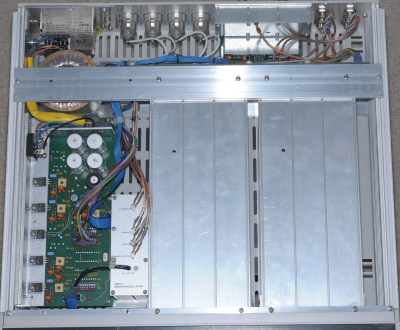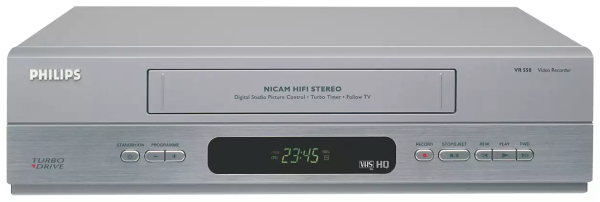Although for many the introduction of color television would have seemed to be the pinnacle of analog broadcast television, the 1970s saw the development of stereo audio systems to go with TV broadcasts, including the all-digital NICAM. With NICAM broadcasts having ceased for about a decade now, the studio equipment for encoding and modulating NICAM can now be picked up for cheap. This led [Matthew Millman] to not only buy a stack of Philips NICAM studio gear, but also tear them down and set up a fully working NICAM encoding/decoding system with an Arcam Delta 150 as receiver and Philips PM5687 encoder.

Finally, the Philips PM5688 test receiver is analyzed. This is the component that studios would have used to ensure that the NICAM encoding and modulating systems were working properly. Although public NICAM broadcasts started in the late 1980s, the system was originally developed to enable point to point transfers of audio data within a transmission system. This was made very easy due to the digital nature of the system, and made enabling it for public broadcasts relatively straightforward once receivers became affordable enough.
Of note is that NICAM was only ever used in Europe and some Asian-Pacific countries, with others using the German Zweikanalton. This was a purely analog (two FM channels) system, and the US opted to use its MTS system, that was quite similar to the German system in terms of transmitting multiple FM channels alongside the TV signal. With digital TV gradually overtaking analog TV transmissions, the future of NICAM, MTS and others was sealed, leaving us with just these time capsules we can build up using old studio equipment.












